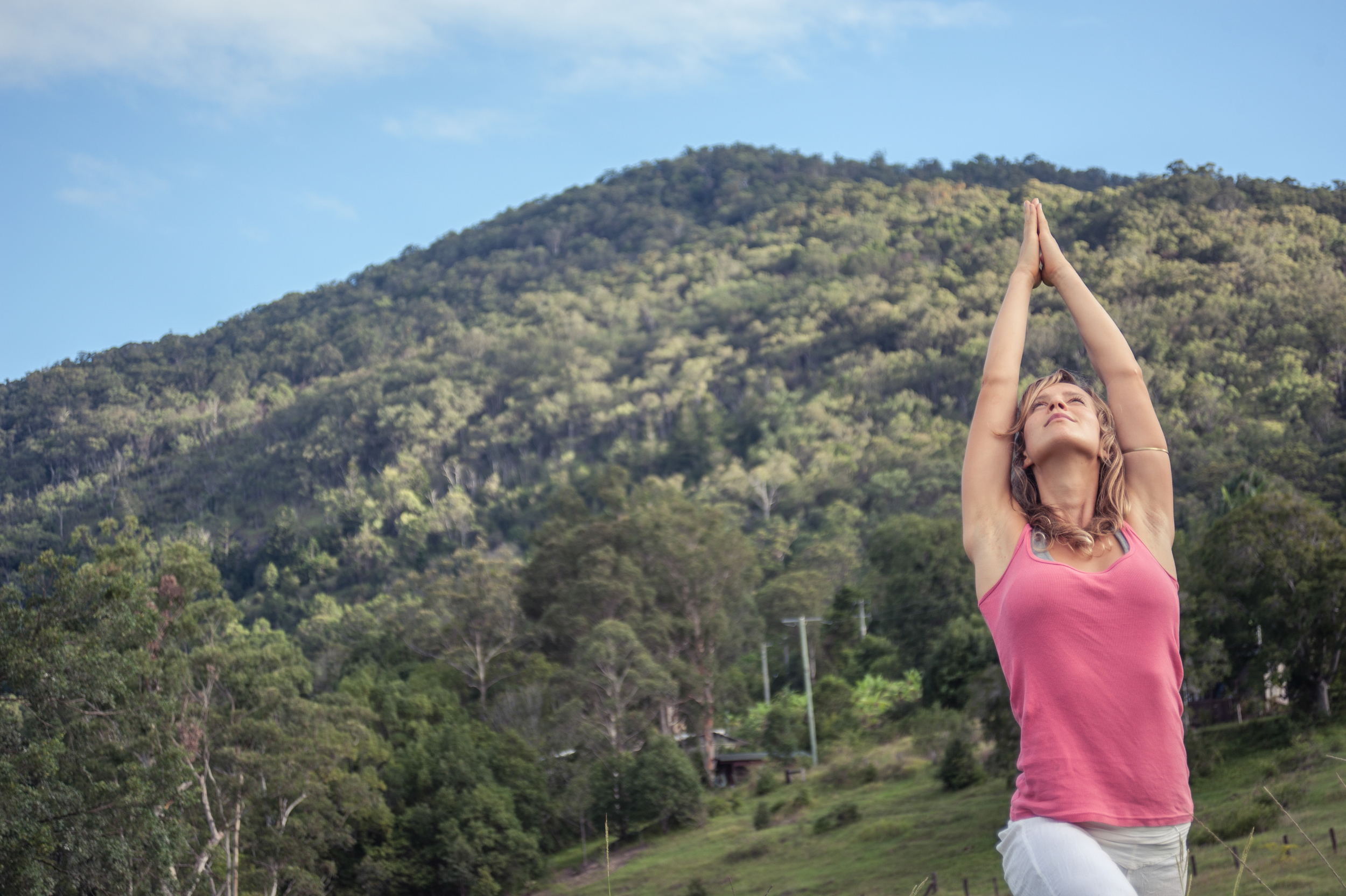Your first time on the yoga mat can be pretty daunting. If your mind is filled with expectations of having to do perfect lotus positions, headstands and backbends no wonder the first steps onto the mat can be the hardest part of the journey.
If you are just thinking about exploring the physical asana aspect of yoga, then be comforted that for every yogi, doing a daily practice, getting yourself onto the mat and committing to being present for the duration of the class is all part of the challenge.
Here are a few key tips to help you take the first steps, whether you are a shiny newbie or returning to yoga after a break.
1.Find a teacher: having a teacher you connect with and who instructs the class in a way that you understand is important. As a beginner learning the postures correctly and more importantly safely is the foundation to your lifelong experience. Try out a few styles and studios, or even utilise some of the vast array of free online yoga classes for beginners which is a brilliant way to get comfortable with the new moves before you take a group class. As a beginner the teacher should be ensuring that you are taken through each pose at a pace that is appropriate for your experience.
2. Tools: There is a basic set of tools that will enhance a new yogi in their practice. You need a yoga mat, a foam block and a strap. Mats are available from really basic models up to specialist branded types. Your budget will dictate your first purchase, and there’s no need to be super fancy, $20 will get you all you need to start. A foam block is great for helping you get into poses when you have beginner’s flexibility, these are available where you get your mat or online and cost about $10. Yoga straps are again an enhancement for flexibility – helping you get into poses and stay in them longer. These again range in price and style, you can use a latex band like you may have seen in pilates or at the physio, or a canvas yoga strap with a buckle, these are available from most retailers that sell mats with a vast array online to choose from.
3. Comfortable clothing: There is nothing worse than starting a class and spending the whole time having to adjust your clothing to get comfy. Yoga clothes need to be flexible to accommodate stretching, the fabric needs to breathe, and you need to be comfortable in them. For home practice, or course there is nothing wrong with rolling out of bed in your pyjamas and getting started! It’s helpful in the beginning when you are learning the poses to wear leggings or a fitted flexible pant that will show the angle of your knees and legs so you and the teacher can see your alignment. A singlet or t-shirt similarly that is fitted but comfortable means you won’t have fabric ballooning over your head when you get into an inverted pose. Its handy to have a light shawl or throw for the end of the class when you do breathing and meditation just to keep warm as you cool down. For the ladies, a bra that is supportive and comfortable like a sports bra will be a great investment, and for guys, shorts with built in support or leggings/bike shorts will help you to get into poses without worrying about any awkward clothing malfunctions.
The asana or postures are just one part of the holistic experience of yoga, but this is what is most commonly understood as ‘yoga’ and the way many people enter what becomes a joyful lifelong practice. At Krishna Village every day we have yogi come and stay in our eco yoga community and experience or continue on their path in yoga through daily classes and Yoga Teacher Training – click here for our timetable.

